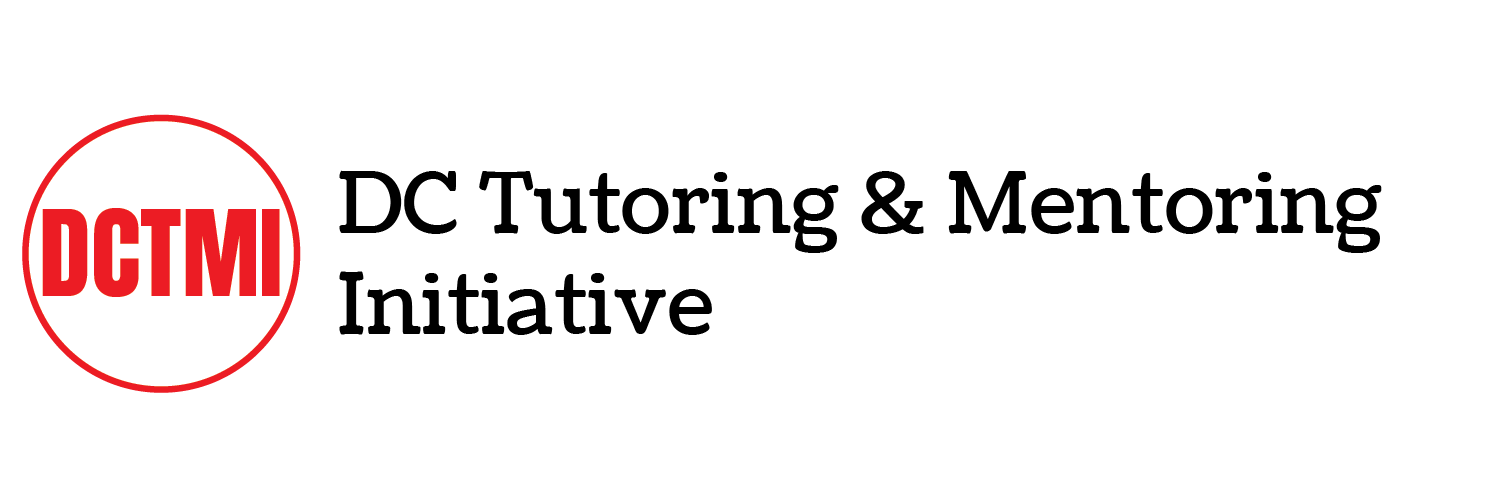I teach because…
Every year, before embarking on a new school year, I’d sit down to finish this sentence. Such reflection is necessary to steel yourself for the grueling, ten-month ordeal that lies ahead.
I teach because all children deserve a teacher who cares about them.
I teach because all children deserve to grapple with rigorous academic content in a safe and engaging space.
I teach because there’s nothing more rewarding than seeing a student fall in love with a particular character, react to a shocking plot twist, or nerd out on a topic I introduce in class. (I’ll never forget the weeks after our mythology unit in which Kenya exclusively wrote her name using the Greek alphabet.)
Every year, after state testing is over and final report cards have been dispensed, I sit down to reflect on my practice. Did I uphold these promises I made at the beginning of the year to myself and to my children?
Sadly, the answer is almost always no.
For every Kenya, there’s a Calvin. Getting excited about anything at 7:50am is hard, but it was especially difficult for Calvin. Every morning, Calvin and I would go through the same song and dance. He would flip through that day’s packet and express shock and disappointment when he learned that we would once again be reading in my class. “Why do we always have to read?” he would complain from his front row seat. (I kept him close. That way I could more easily administer pep talks.) “Because this is English class, Calvin. I think you’re going to like today’s reading! It’s about [dog sleds/forensic science/the Cleveland Indians logo],” I would say, as cheerily as ever. It became our greeting.
On the best days, after listening to me read aloud selected sections of that day’s text, Calvin would begrudgingly open the book and follow along, forgetting to feign disinterest. On the worst days, Calvin would grunt a “good morning” to me, inquire about the necessity of reading in my class AGAIN, put his head down and go to sleep.
As a sixth-grade African-American boy growing up in New Orleans, Calvin already had a lot of forces conspiring against him. Other teachers regularly reported Calvin being disruptive and hyperactive in class. (I once saw him hurdle over a cafeteria trashcan with the grace of an Olympian.) Other times, he was moody and disengaged, opting to nap during class discussions and independent work. His name came up a lot at grade-level meetings as someone who was a natural leader, charismatic and popular, but who was also susceptible to peer pressure. We referred him to our social worker and response-to-intervention (RTI) coordinator, but other students with greater academic needs were prioritized. (As much as he hated to admit it, Calvin was an excellent reader.) His mother was receptive and supportive, but seemed to be at a loss herself in terms of what to do.
Towards the end of the year, the sixth-grade teachers started creating small interventions for Calvin: positive texts home when he had a good day, a “buddy classroom” where he could cool down if he was struggling in another space, field trips and celebrations when he demonstrated strong academic participation. Unfortunately, most of these were too little or too late. By the end of the year, Calvin was disinvested in our systems and missing school with increased frequency. When he was at school, he often didn’t make it to English – his first period of the day – because our culture deans had him out of class for prior behavior issues.
For every Kenya, there’s a Calvin. Imagine if for every Calvin, there were a volunteer tutor or mentor.
The research on mentoring is clear. One-on-one advising relationships – whether they be in K-12 schools, universities, or workplaces – provide benefits to both parties. In cities like New Orleans or Washington, D.C., where young men of color are arrested and convicted at a much higher rate than the average, these kinds of relationships can alter the life trajectories of children who struggle behaviorally or academically in school.
As teachers, we strive to make social and emotional connections with each student every day. Research has shown, and common sense confirms, that the more positive connections we make with students, the more likely they are to be motivated and academically successful. (Research on marriage, parenting, and leadership echoes the powerful impact of these connections.) The reality is that managing a class of 29 students inevitably causes some to go overlooked and not receive the regular affirmation they deserve. Simply put, there was always more I could be doing for Calvin. There was always more everyone could be doing for Calvin.
So I joined the DC Tutoring & Mentoring Initiative. Calvin loved attention – his running monologue from the front row of my classroom made this abundantly clear. Imagine if he had been able to share his brilliance, charm, and love for the San Antonio Spurs with a one-on-one mentor or tutor who was devoted to him for an uninterrupted period of time. Perhaps he wouldn’t have been labeled as a “behavior concern” so quickly.



